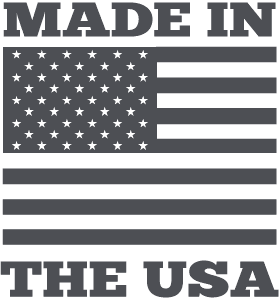Large composite build up Tooth #11
Posted on August 16 2023
Introduction:
I like this case because it is a tricky combo Class IV – Class V.
With the Greater Curve technique, the dentist has the capability to restore this tooth in one step. There is no need to break up the restoration in 2 steps. In other words, restore the Class V portion of the tooth, then matrix and restore the Class IV portion in order to complete the fill.
One Greater Curve matrix does it all in one step.
Buccal view #11
Buccal view #11. Class V caries very evident. A hint of distal caries evident.

Lingual view #11
Lingual view of tooth #11. Deep distal decay now very evident.

Prep and caries dye
Caries dye was painted throughout the surface of the prep. I like caries dye because it discloses caries hiding out under the enamel. I believe it is critical for the prep to be absolutely caries free 1.5 mm around the entire periphery of the prep. I want to do everything possible to ensure the most bond-able surface at the borders.

Incisal view #11 prep
Note the enamel taper on both labial and lingual surface. Enamel bonding is what it is all about.

Labial view of prep

Greater Curve Wide Brass band in place
Greater Curve Wide Brass within a contra angle retainer. The retainer is set up from the palatal side. In this case Triad Gel secures and stabilizes the retainer arm. The retainer arm does not always need to be secured. However, when movement along the retainer arm is dislodging the matrix, then the retainer arm needs to be secured.
Unfortunately, Triad Gel is no longer available. I miss it, but the rest of the dental world did not miss it so it was drop from Dentsply’s product offerings. What I use now is Bite Registration material to secure the retainer arm when needed. Simply eject the Bite Registration around the retainer arm and teeth in one continuous flow. When it sets up it will lock everything in place. It is easy to remove once the procedure has been completed.

Incisal view of set up
Brass has been cut back on the labial side and contact
opening at the distal has been made. The brass is very malleable and retains its burnished position. Distal rounded emergence easily established into the brass matrix.

Bulk filled
Prep was bulked filled with A2 Activa. If I were to do this restoration today I would bulk filled Activa as a core and overlay the exterior surface with a conventional composite.

Contact broken
Bonded distal contact broken with slight torque of a spatula blade.

Band removed
Brass band was removed with a slight lateral movement by twisting around the hemostat and then pulled vertically.
Contact opening apparent in the removed brass matrix.

Ready for shaping
Cuspid ready for shaping. Those are mirror smuggles crossing over the cotton rolls. I failed to clean my mirror thoroughly when I was photographing.

Incisal view of the restoration

Tight distal contact
Before Greater Curve I always struggled to get a tight distal contact on a cuspid. The Greater Curve technique overcame this dilemma.

Final restoration
For this case the color transition from the Activa to the tooth is noticeable. Clinically I do not think it is significant. However, it could be improved with a cut back of the labial surface and overlaid with varying shades of composite. When I did this restoration, I believed Activa would wear well. I no longer have that opinion.





Connect